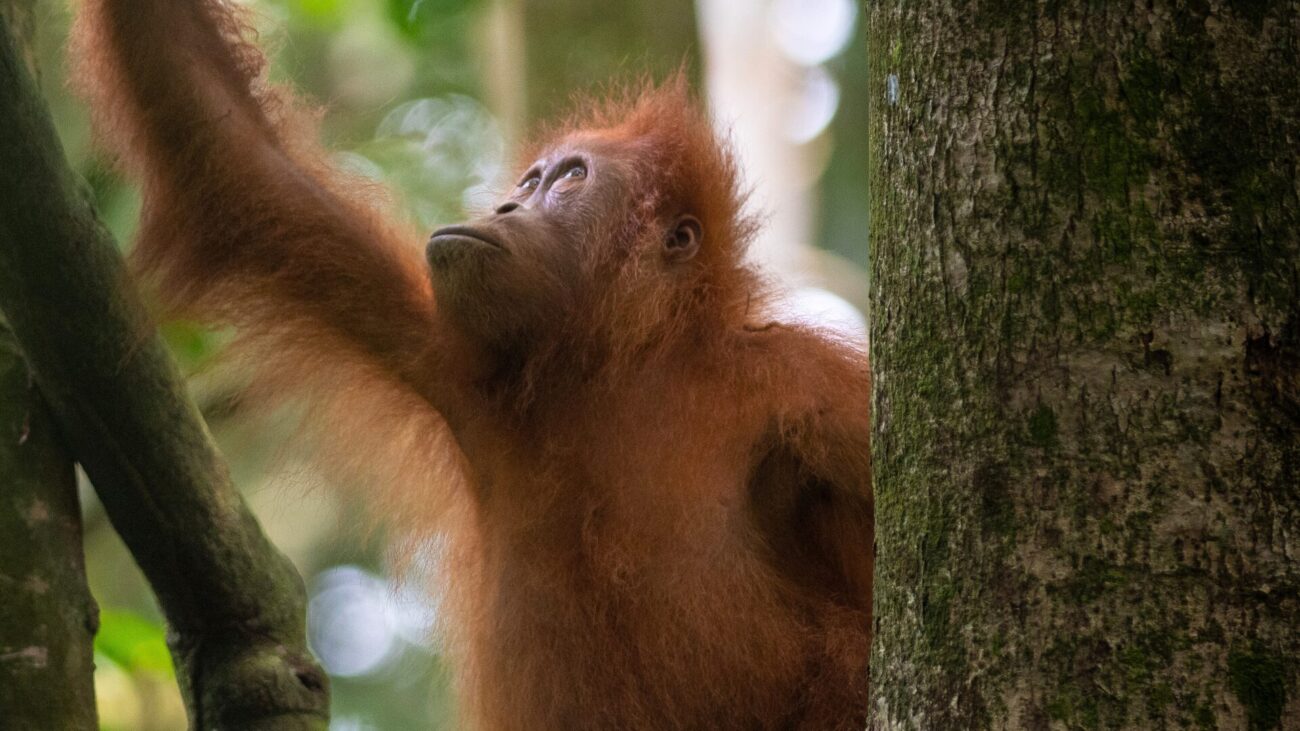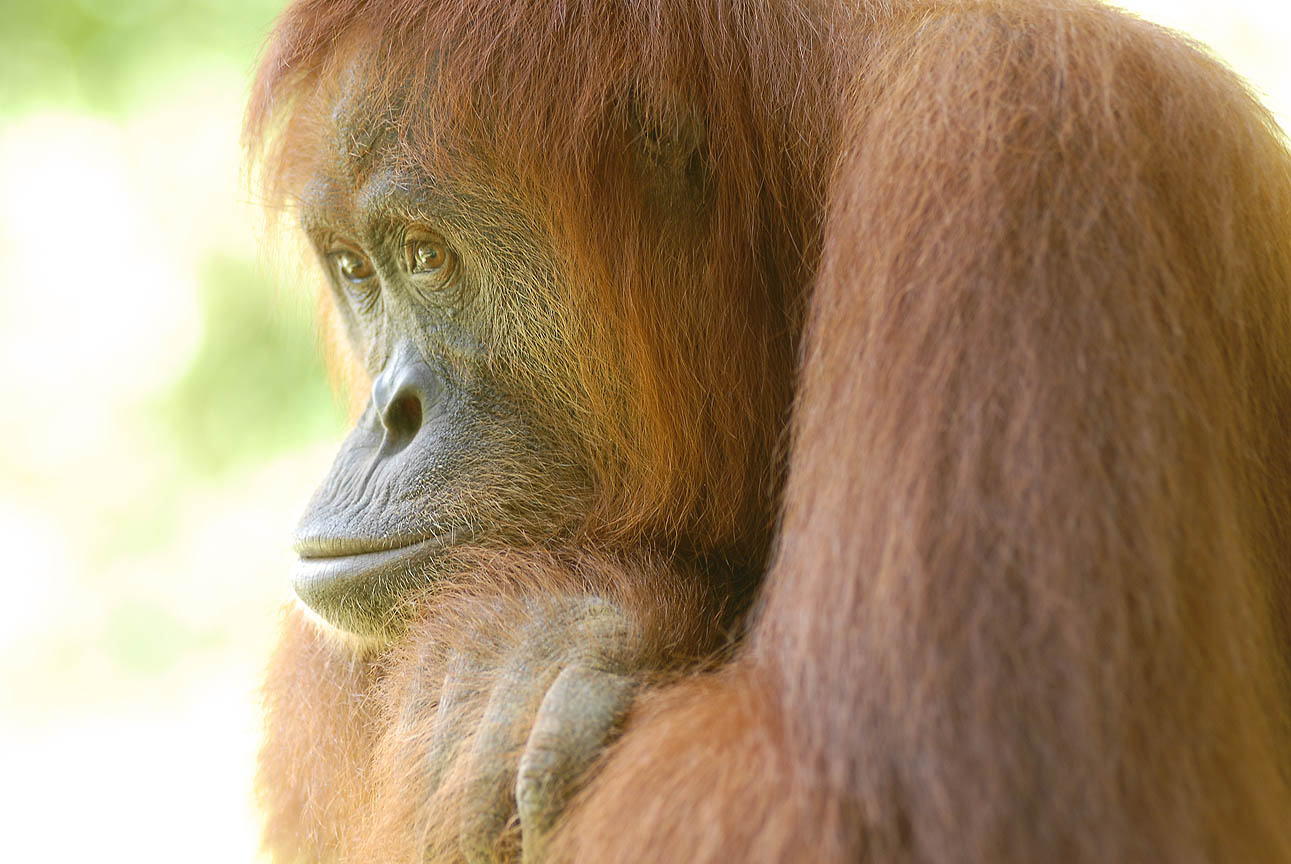
A new study has challenged the effectiveness of protected forest areas as a standalone method. They alone may not safeguard vulnerable mammal species. Importantly, researchers propose that implementing buffer zones and fostering collaboration with local communities are crucial for effective conservation.
Researchers examined 37 sites for species abundance and richness. They discovered that for every 41 people per square mile outside a protected area, the species richness inside decreased by 1%. In other words, designating tropical forests as protected areas does not guarantee the safety of vulnerable species.
But not all is lost! Protected areas can still be effective when combined with other strategies. We must collaborate with local communities to develop forest-friendly, sustainable livelihoods, and find solutions that help people and nature thrive. This means listening to the needs of local people and making sure they have a central role in conservation planning and decision-making.
At SOS, we work differently. We’re developing new techniques that avoid old traps. We collaborate with our partners and local communities in some of the most challenging locations, that are crucial for orangutan survival. Building conservation models that provide lasting benefits to local communities offers the greatest hope for protecting wild orangutans.
You can help protect Sumatra's Orangutans. Click to get updates
